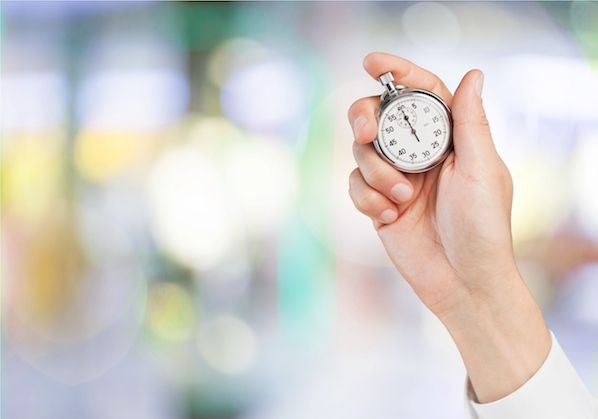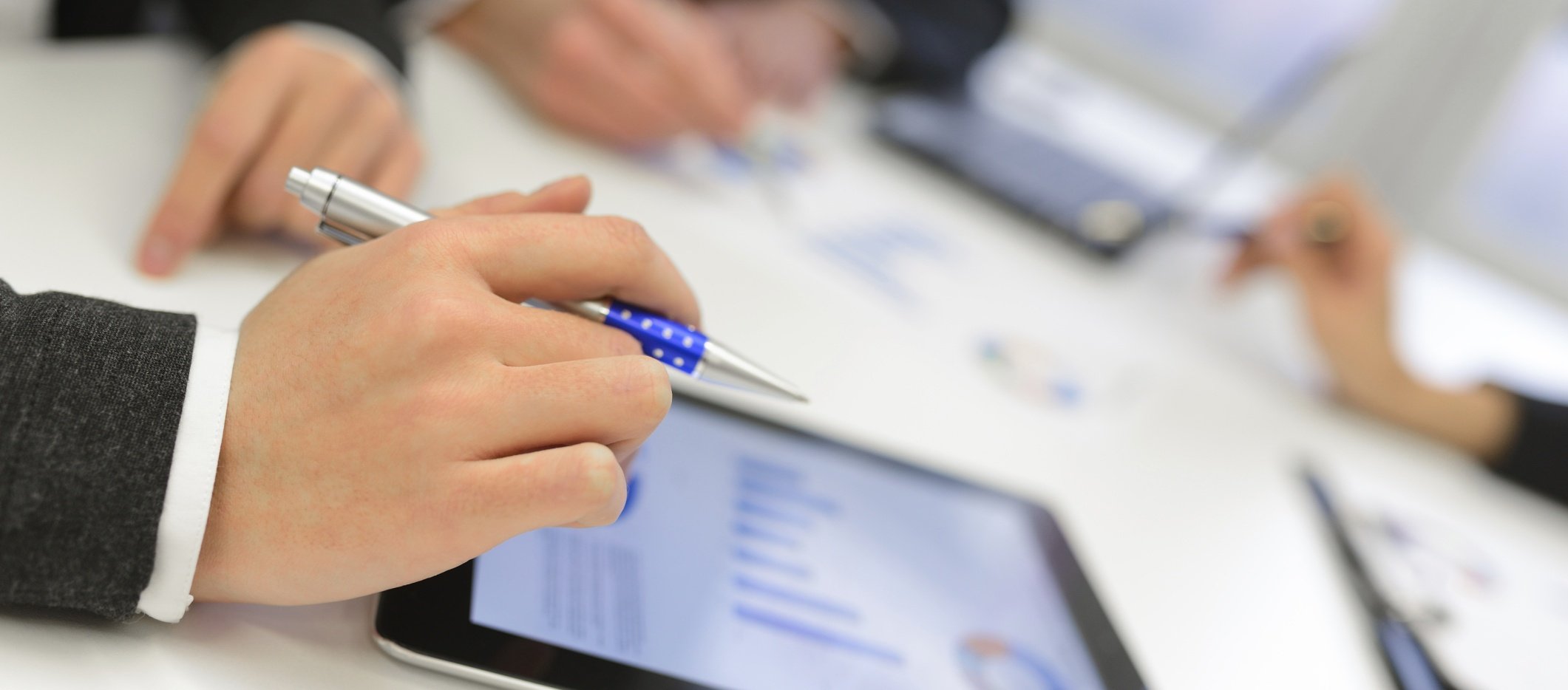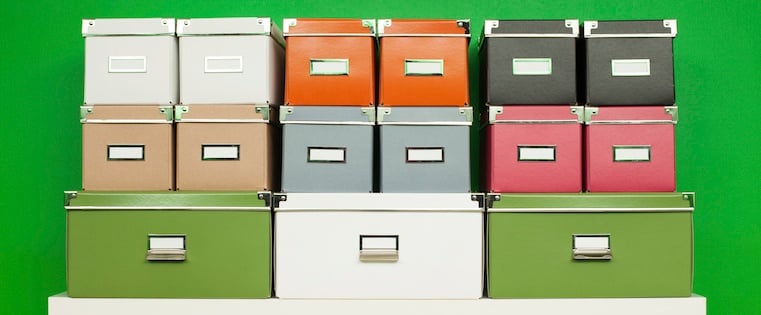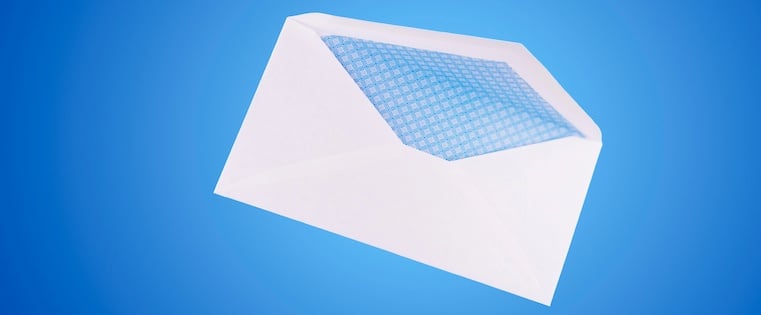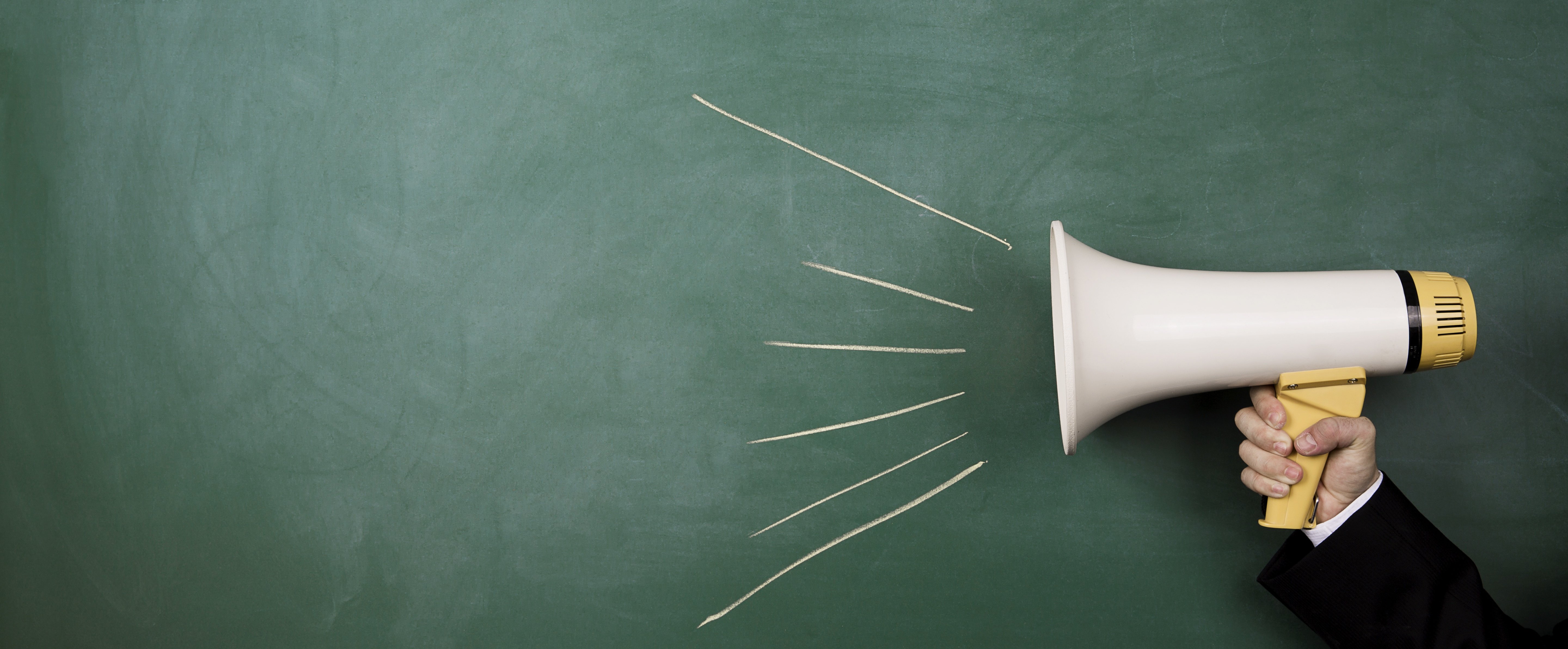Time Management Skills for Sales Professionals
- Eliminate administrative tasks
- Be prepared to pivot
- Stick with the task you're on
- Swallow the frog
- Keep going
- Structure your day around your buyer
- Streamline repeatable tasks
- Have a concise value proposition
- Create email templates
- Reduce distractions
- Create your to-do list the night before
- Chunk your time
- Take breaks
We’ve all heard the saying “time is money.” This is especially true for salespeople. Allotting time to one prospect over another could be the difference between closing a million dollar deal and having the door closed on you. Spending a certain amount of time on one group of activities could set a rep up for record week, while concentrating on something else might launch you down the path to a slump.
Time management is one of the most challenging disciplines for salespeople to master. Reps always have several important tasks competing for their attention at once. How do they prioritize and maximize their time?
Short of adding more hours to the day, a few solid time management hacks can help reps boost their productivity. Here are 13 of my favorites.
1. Eliminate administrative tasks
To maximize your selling time, look for administrative tasks you can automate. Saving a few minutes here and there will quickly add up -- and as an added benefit, you can direct more energy toward activities that are actually challenging, like giving demos or answering tough questions.
Here are a few examples:
- PandaDoc, which integrates with HubSpot, is a good tool for reps who send sales collateral and quotes. It automatically pulls in data from your CRM so you don't have to tediously copy and paste key details. You can send an error-free, personalized, professional-looking proposal in a few clicks.
- Route planning software can help you figure out the most efficient way to travel to your prospects' offices, meaning you'll never have to manually plan your route again.
- HubSpot Meetings lets buyer book open slots on your calendar instantly. Say goodbye to long email chains of "What about X time?" "Sorry, I'm busy .... What about Y?"
- Todoist, a to-do list app, uses AI to learn your personal productivity habits and schedule your overdue tasks accordingly. In other words, the app will figure out the optimal time for you to get everything done.
The best tools will depend on your industry, daily tasks, and specific role, so this is by no means a comprehensive list. The gist is: Automate as much of your non-selling activities as possible.
2. Be prepared to pivot
When I was in outside sales, I would organize my leads by location and always have the date of my last contact for each lead noted. If I got stood up for an appointment, I could quickly regroup and connect with other nearby prospects to secure a new meeting rather than drive back to the office or cool my heels in a coffee shop until the next appointment.
This tactic also applies to inside sales. Prospects cancel all the time, so salespeople should always be prepared to pivot into other profitable activities. The trick is to not shift gears on those activities. Say you’re prepared to have an exploratory call scheduled to run an hour and the prospects flakes on you. Since you’re already in the mindset of the exploratory call, spend that reclaimed hour prepping for other exploratory calls you have booked that week. Your mind is already focused on the exploratory process. Keep it there.
I’m sure some of you are saying to yourselves, that’s foolish advice -- you should use that time to prospect or make follow-up calls. But here’s the thing. Unless you have your leads at the ready and you’re fully prepped to prospect, the odds are you’ll waste time getting ready to make those calls.
From my point of view, prospecting is an activity that tends to be more effective when it is deliberate, planned, and scheduled. This brings us to the next point.
3. Stick with the task you're on
Multitasking is a myth. Studies have clearly shown that people cannot actually do two things at once; they’re really just quickly switching between tasks. And that switching dilutes focus and slows people down because their brains have to adjust to each task. Here are two great books about the subject if you’re interested: "Your Brain at Work" by David Rock and "Focus" by Daniel Goleman.
From a sales perspective, different tasks engage different mental muscles. For instance, giving demos requires a much different mindset and focus than pre-call prep or pipeline management. Sales reps can gain efficiency by grouping similar activities.
Take prospecting, for instance. Let’s say your organization advocates using voicemail and email as critical components to prospecting, and you’ve got two hours planned to make prospecting calls. One approach is to dial the phone, get the prospect’s voicemail, leave a message, write a follow-up email, send the email, document the activity in the CRM, set a new activity to try and reach the prospect again, and then move on to the next prospect on your call list and keep repeating this cycle for two hours.
This approach can chew up a ton of time because of all the activity switching. There are a lot of ways to streamline it. One way is to group activities:
- Figure out how many prospects you can reasonably call in the two hours if all you did was dial the phone and leave voicemail messages. Research that many prospects before your planned and scheduled prospecting time.
- When it’s time for your two hours of prospecting, pull up the list of researched prospects you want to call.
- Call each prospect and leave personalized voicemails based on your pre-call research.
- Log just the call activity in the CRM and quickly move onto the next prospect on the list. Repeat.
- Later in the day during scheduled administrative time, revisit the set of prospects you called to send out the follow-up emails and set the times you want to reach out again in the CRM.
This simple move to grouping activities will yield a much higher volume of calls, which improves the odds of actually talking to someone on the phone about what you’re selling. And that's what it's all about, right?
4. Swallow the frog
Every rep has at least one task in particular that they simply can’t stand. Prospecting, logging activity, writing follow-up emails, etc. I’ve got mine. I’m sure you’ve got yours.
The funny thing is we can all find plenty of ways to appear productive and avoid those important tasks we dread the most. But by overinvesting in one area to avoid doing work in another, time gets away from you. And behavior like that always catches up to you in the end.
The bottom line: Just do the thing you're uncomfortable with and get it over with. In fact, do it first if you can.
5. Keep going
When a rep experiences success or reaches an activity goal, they often take a break to pat themselves on the back. While I’m not against a quick coffee run, the best time to make a call or book an appointment is … right after you had a great call or booked an important appointment. So if you’ve allotted a certain amount of time to an activity -- say, two hours for prospecting -- don’t stop before the time is up even if you have some success right out of the gate.
Momentum is a powerful thing. Once you’ve got it, don’t squander it. You’ll have even more to pat yourself on the back for if you just keep going.
6. Structure your day around your buyer
According to experts, the best time to connect with prospects is in the afternoon, the very early morning, the evening, the late-mid early morning, or on weekends. I think that about covers it.
As you probably know, there is no perfect time to connect with your target buyers. It really depends on that particular buyer’s behavior and the way they allocate time to get their jobs done. If a salesperson is selling to contractors, calling at 10:00 a.m. isn’t going to work because they’re already busy on the job site. Calling on a restaurant with a thriving lunch and dinner business any time after noon is probably not going to yield a favorable conversation. Strive to structure your day around your target buyer’s schedule to avoid wasted time and unanswered calls.
7. Streamline repeatable tasks
I’m not a fan of sales scripts, but the fact remains that if your company targets a certain type of buyer, many of your prospects will be similar to each other. So instead of formulating a brand new list of questions each time you talk to a prospect, develop a core set you can work from and customize.
Developing a framework you use to research prospects is another smart idea. Look at previous deals you won and look for details that came in handy again and again. For instance, maybe you incorporated the knowledge you found on Crunchbase in seven of the last 10 deals you closed. Once you know which data sources are the most valuable, you can immediately go to those sources when researching new opportunities.
8. Have a concise value proposition
Another area where salespeople can waste time is during introductory conversations. At some point in every sales engagement, your prospect will ask some form of the question, “So what do you do, anyway?” If you have crisp, concise answers to the common questions you get asked every day, you'll have more time to discuss the things that really matter to your prospects and to gain an understanding of how you can help them. Having a clear, well-articulated value proposition at the ready lessens the possibility that you stumble through the explanation. And the more articulate you are with the buyer, the faster your sale will progress.
9. Create email templates
It's vastly inefficient to write a brand-new email every time you contact a prospect. While you should tailor each message to the individual and their situation, you'll save a huge amount of time if you start with a template rather than a blank slate.
Look through your "Sent" folder to find the emails you send repeatedly. That doesn't just include outreach emails -- you should also make templates for following up, scheduling meetings, recapping calls, and so forth.
10. Reduce distractions
It can be hard to stay focused when your favorite time-wasting site is just a click away. To ensure you stay focused, ruthlessly get rid of every distraction. If you don't use a website for your job, block it using the Chrome extension Blocksite or by following these instructions for restricting sites on Safari.
Reps should also stow their cell phones out of sight. It's all too tempting to check social media or your texts if you can see or hear notifications come up.
11. Create your to-do list the night before
Instead of wasting your productive mornings organizing your day, do it right before you leave for the night. That way, you can get right to work when you come into the office the next day. Save tasks like these for when your burned out in the evenings, and make the most of the time you have.
12. Chunk your time
The Pomodoro Technique encourages people to work in 25-minute chunks to maximize productivity. There are similar techniques that share the benefits of working in 90-minute increments. Chunking your time allows you to find a flow and squeeze the most productivity out of every day.
13. Take breaks
The Pomodoro Technique I mentioned above also recommends taking a five-minute break between each time chunk. Get up, move around, go for a quick walk, or grab some water -- but give your brain a chance to rest, recoup, and stay fresh.
These are just a few tricks I have found help sales reps gain more control over their time and their results. What clever hacks have you come up with to save time and be more productive on the sales floor and out in the field? Share your ideas in the comments.
Sales Time Management

